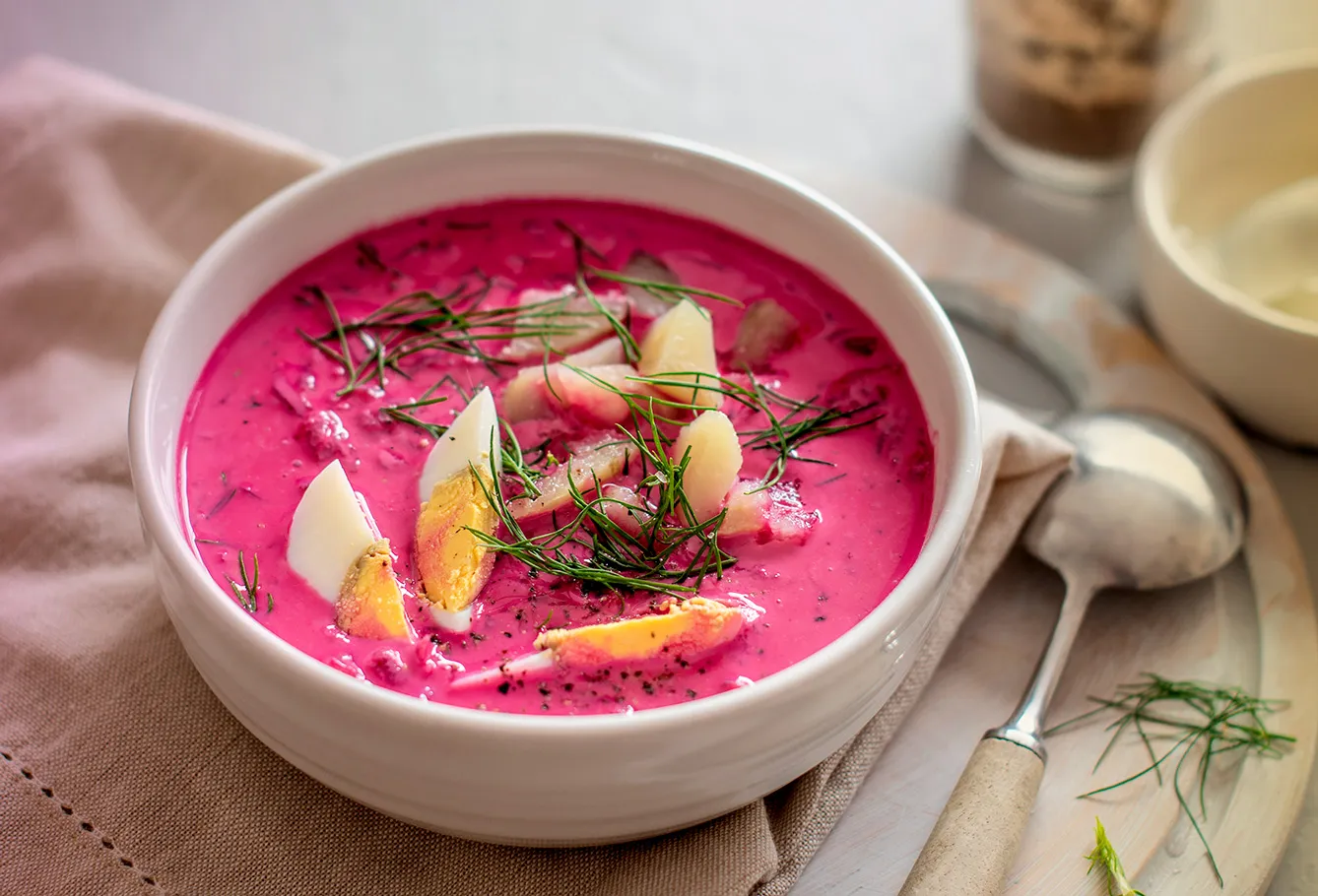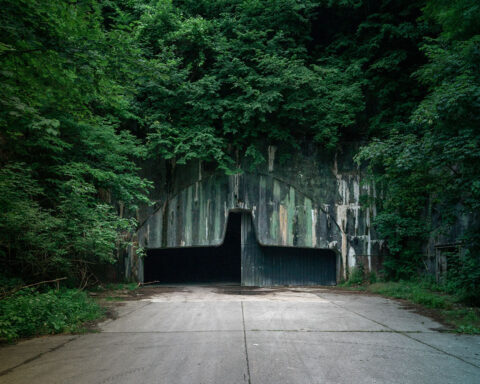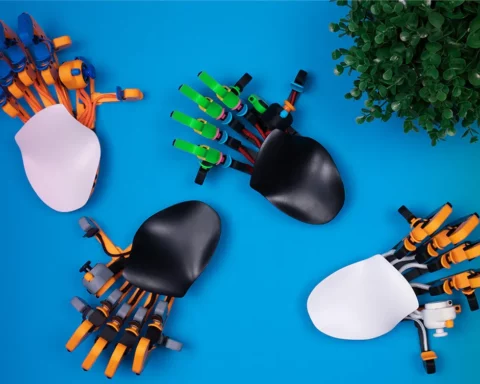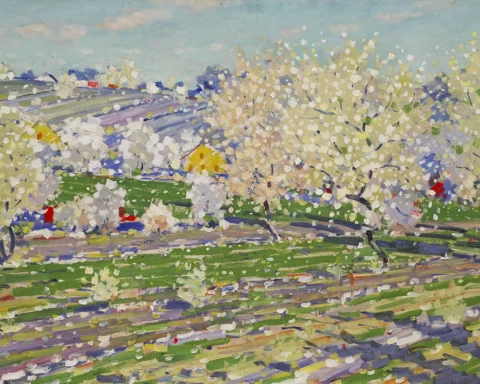Gazpacho – the tangy, refreshingly cold soup of Spanish origin – has long been a summer hit in kitchens around the world, but do you know of its Central and Eastern European “rival”? While it has yet to gain equal international popularity, this kefir and beetroot-based cold soup is loved in Poland, Latvia, and Lithuania, where its roots come from. Its humble ingredients are representative of the regional diet rich in root vegetables, dairy, and nutritious seasonal greens. The vivid pink color is another draw, given that it is not particularly typical of latitude so far above the Equator, and adds to the soup’s charm brightening up one’s day.
Who thought a dairy-based cold soup was a good idea?
Lithuanians call it šaltibarščiai, Poles – chłodnik litewski, and Latvians – aukstā zupa. All three names explicitly express that the soup is eaten cold. Tracing it back to one original source is challenging, as with many historical and traditional dishes. The prevailing story, however, is that this intriguing dish dates back to the times of the Grand Duchy of Lithuania – a state that existed from the 14th to the 18th century.
Originally, the cold soup was white in color. However, along with changing powers and the influence of foreign culinary trends, the addition of beetroot turned it into the pink wonder it is today. This nourishing cold soup is said to have entered Polish kitchens during the times of the Polish-Lithuanian Commonwealth that existed from the 16th to the 18th century. Since part of modern-day Latvia was also under its rule at the time, the soup made its way into Latvian cuisine, too.
Today, the cold soup – šaltibarščiai – is a source of pride for Lithuanians whose national tourist board has centered campaigns around the photogenic culinary delight. The Lithuanian Post has even issued a šaltibarščiai-themed commemorative stamp.
How does one make this legendary cold soup?
To make a bowl of the authentic gut-pleasing, probiotic-rich šaltibarščiai, one needs:
- Kefir
- Beetroot – boiled or marinated
- Cucumber
- Boiled egg
- Dill, chives, and salt to taste
The solid ingredients are chopped and mixed in with the kefir. As with most soups, it is best left to acquire its full flavor potential overnight. In the case of this cold soup, the kefir’s friendly bacteria work their magic to great effect with time. To skip this step is to miss out on the ultimate cold soup experience.
Variations of the cold soup exist
Today, some people add extra ingredients like radish, mustard, and horseradish for a sharp kick and meat for additional protein. Others add milk or sparkling mineral water to dilute the kefir and loosen the soup’s consistency. The cold soup will also taste different if an alternative fermented dairy product like yogurt, buttermilk, or sour cream stands in for the kefir.
Lithuanians serve their šaltibarščiai with a side of boiled potatoes, while Poles and Latvians prefer to eat it with bread. Several Polish chłodnik recipes also mention the addition of pre-made fermented beetroot kvass, stock, vinegar, or pickle juice. With the rise of veganism, enthusiasts have devised entirely plant-based versions of the cold soup, using dairy alternatives like soy yogurt and tofu.
Whatever your preference, the cold soup is simple to make and easy to find at eateries in Lithuania, Poland, and Latvia in the warmer months of the year. Gero apetito! Smacznego! Labu ēstgribu!







